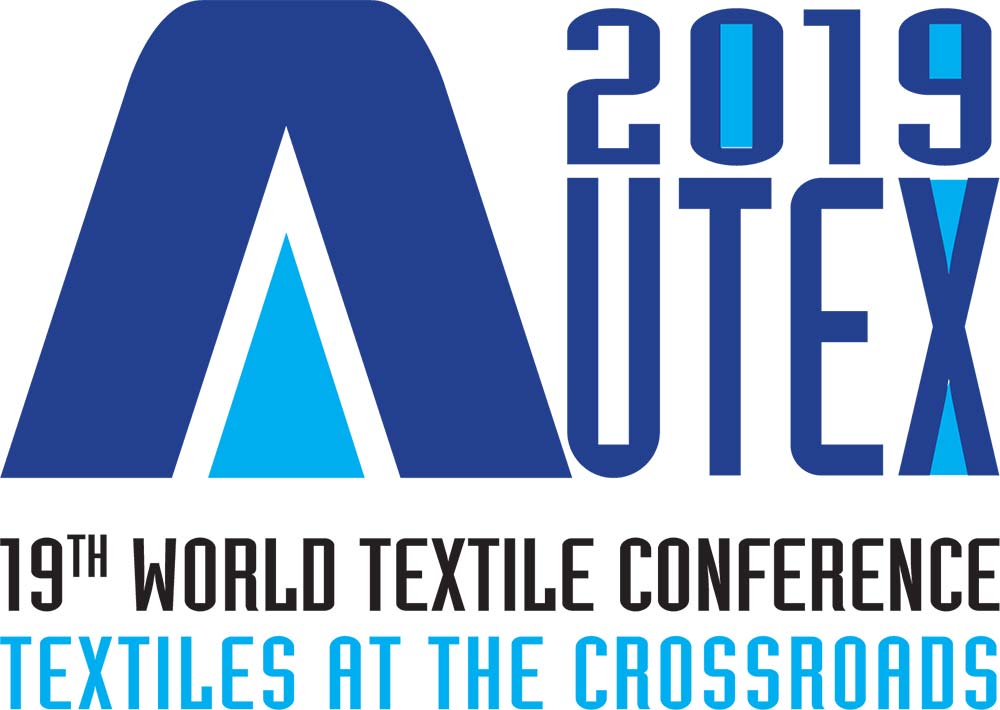P093_0677_ A CELL-BASED SMOOTHED FINITE ELEMENT USING A FOUR-NODE QUADRILATERAL ELEMENTS FOR STATIC AND EIGEN BUCKLING ANALYSIS OF NON-WOVEN FABRIC
- Q.T. Nguyen
- A.J.P. Gomes
- Fernando B.N. Ferreira
Abstract
This paper presents the modification of curvature and transverse shear strains of a four-node quadrilateral Reissner-Mindlin plate element (Q4) using the cell-based smoothed finite-element method (CS-FEM) for static and eigen buckling analysis of non-woven fabric. This is to improve the computation efficiency and accuracy of the Q4 element without much modifying to the configurations of Q4 in FEM. The Q4 plate elements exists the phenomena, known as shear locking, that is caused by parasitic shear deformation energy which yields an artificial additional stiffness, appear as the bending plates becomes progressively thinner. In order to overcome this drawback, the reduced integration methods on smoothing domains of Q4 element was used. The non-woven fabric material was assumed as isotropic material, and its mechanical properties was measured using the Kawabata’s evaluation system for fabric (KES-FB). The numerical implementation and results demonstrated that the Q4 plate element based on CS-FEM possesses the following improved properties: accurate than those of the FEM using quadrilateral elements having the same sets of nodes; this method can be also temporally stable for buckling analysis, and the computational efficiency is better than the FEM using the same configurations of nodes.
Keywords: Reissner–Mindlin plate theory, cell-based smoothed strain technique, plain-woven fabric, Kawabata’s evaluation system for fabric
How to Cite:
Nguyen, Q. & Gomes, A. & Ferreira, F., (2019) “P093_0677_ A CELL-BASED SMOOTHED FINITE ELEMENT USING A FOUR-NODE QUADRILATERAL ELEMENTS FOR STATIC AND EIGEN BUCKLING ANALYSIS OF NON-WOVEN FABRIC”, Proceedings of the 19th World Textile Conference - Autex 2019 , 3.
Downloads:
Download pdf
View
PDF
